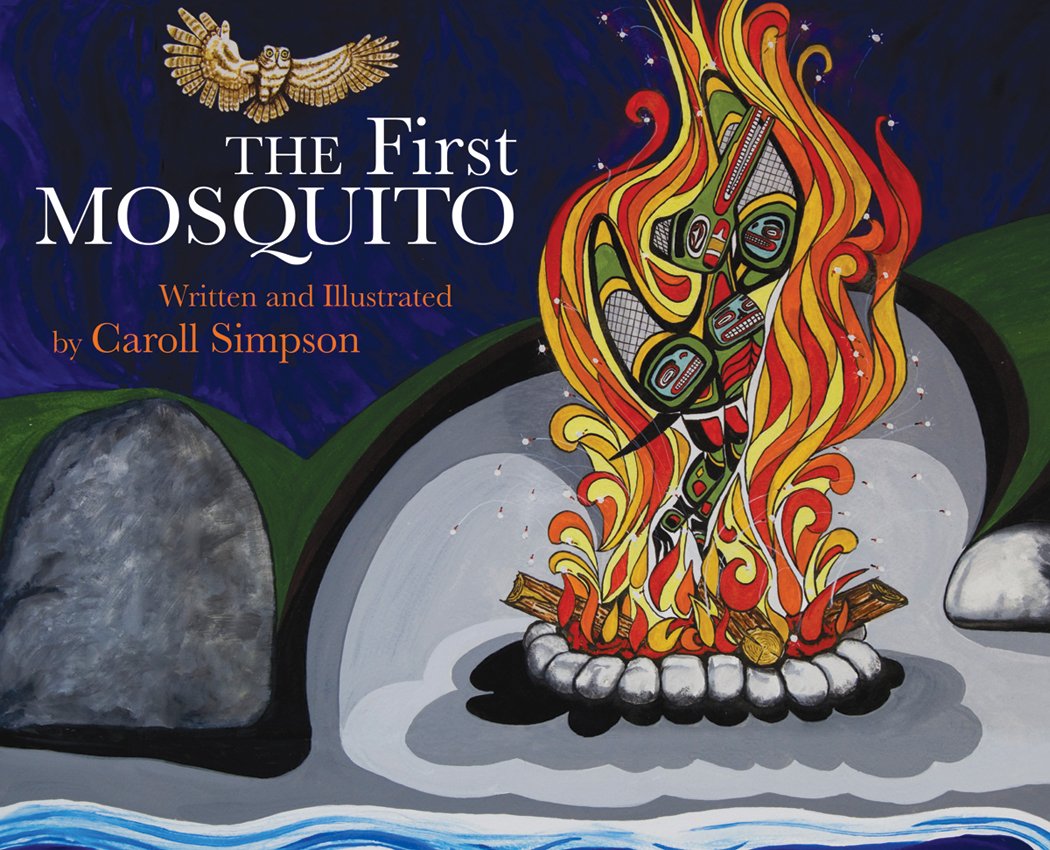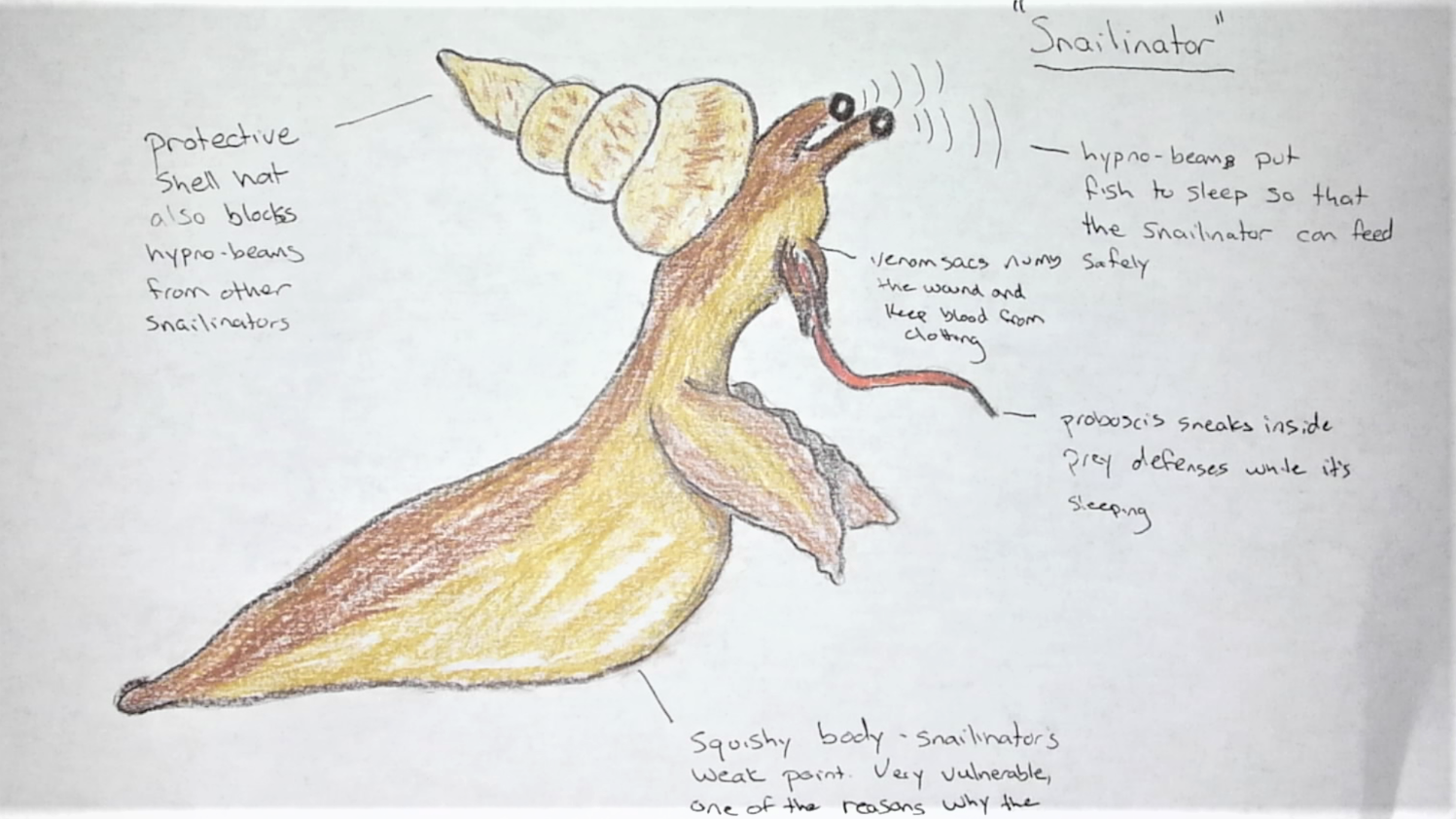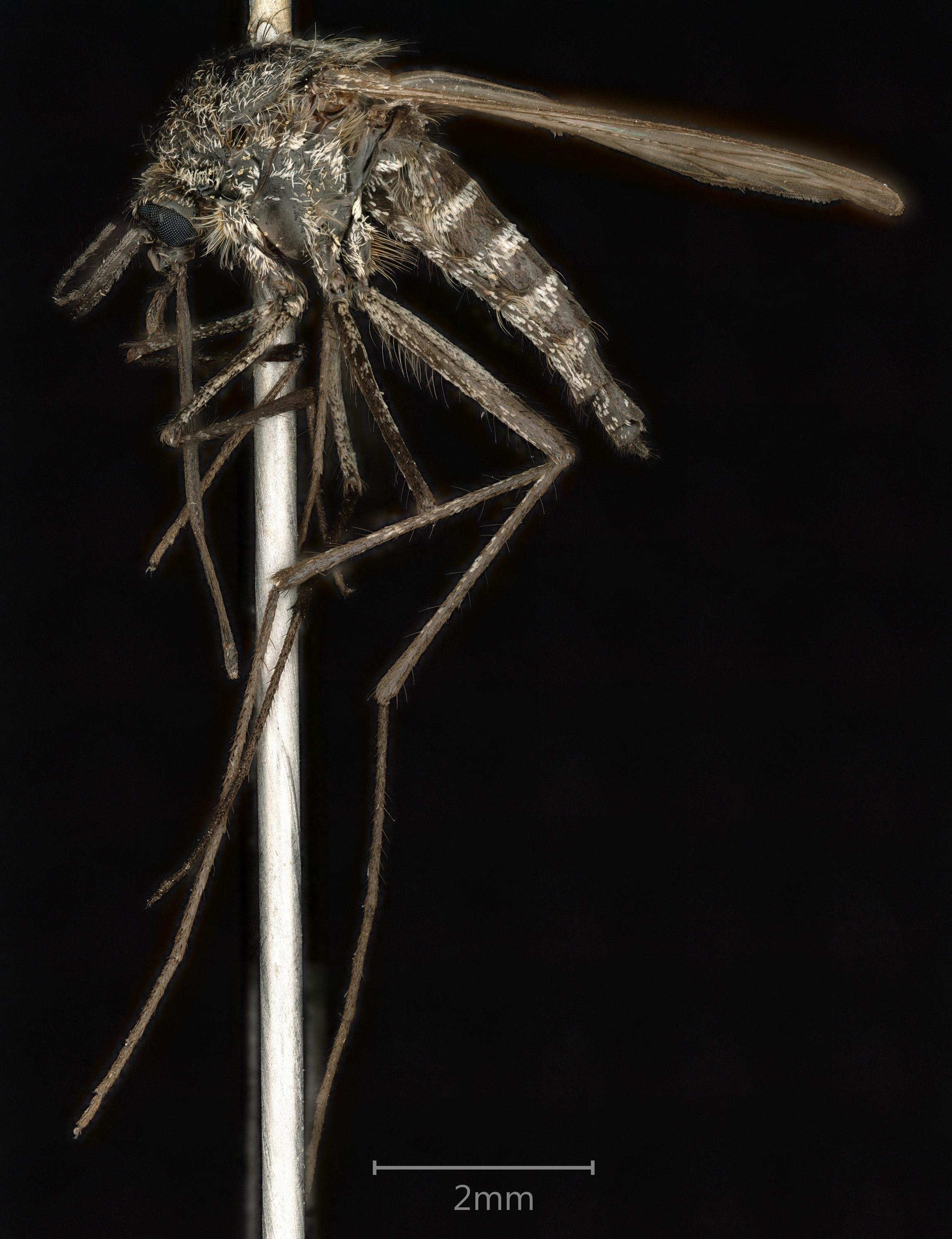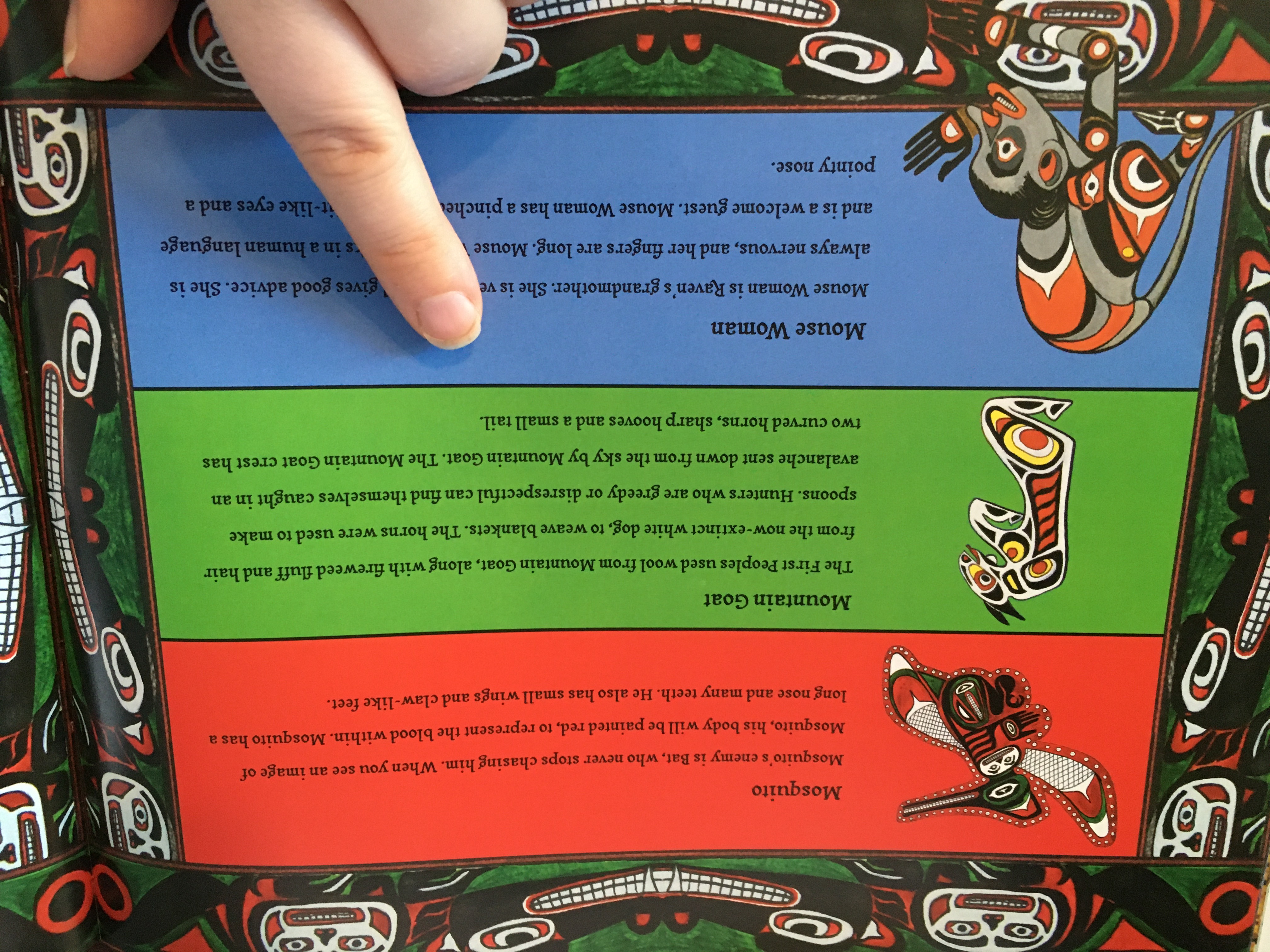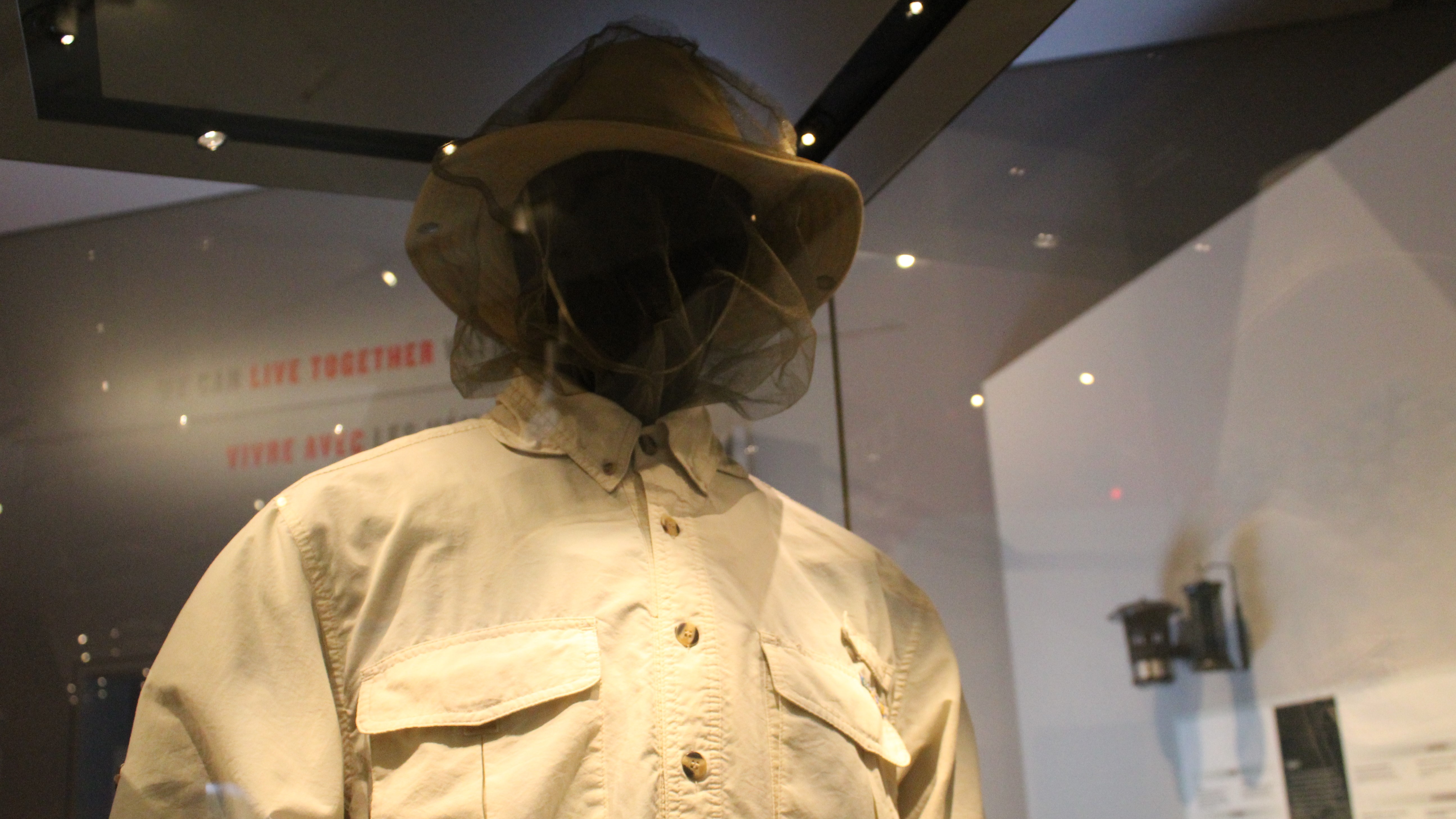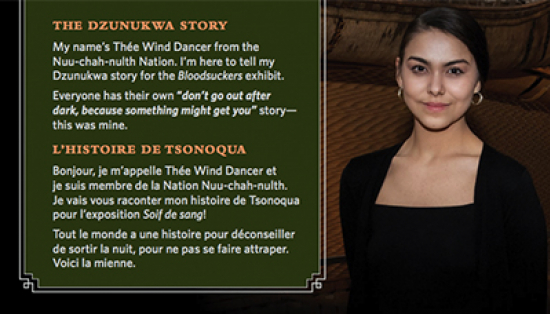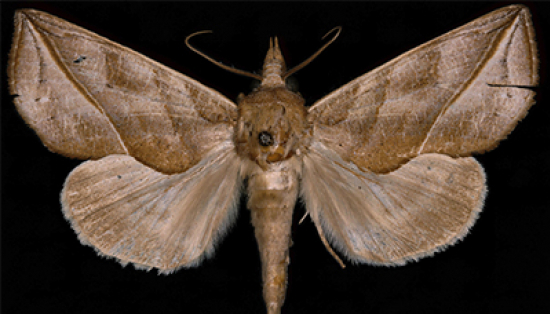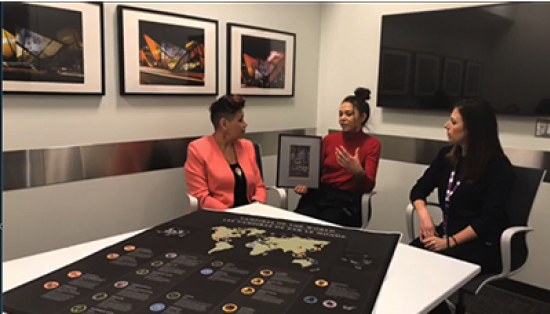Visit ROM Storytime for a discussion of children’s books for young learners with ROM educator Sarah Elliott.
This week, we explore The First Mosquito by Caroll Simpson. Stay tuned after the story summary for a Q&A with special guest J’net Ayayqwayaksheelth, ROM Indigenous Outreach & Learning Coordinator, on how the story connects to ROM objects, then try a story-inspired creative activity.
The First Mosquito is a story shared by several Indigenous nations on the Pacific Northwest Coast. Stories like this one are told aloud to guide the listener towards knowledge they can discover from nature, and they help us figure out how to live our lives in a good way.
In the Bloodsuckers: Legends to Leeches exhibition at the ROM, we learned that blood-feeding creatures have inspired stories throughout history and around the world, for as long as people have been around to tell stories. Some stories inspire learning and understanding, like The First Mosquito, and others are purely for entertainment. For example, a character like Leech from the He-Man cartoons doesn’t have a lot of lessons to teach, but he is certainly fun to watch.
For this week’s creativity challenge, take inspiration from blood-feeders to tell a story or design a creature!
- Pick a blood-feeder that inspires you. Blood-feeding can be found in many diverse groups of animals — including bugs, snails, birds, and even mammals! Check out some examples of blood-feeders on the Bloodsuckers: Legends to Leeches exhibition page.
- Use books, the internet, or knowledge keepers in your family or community to learn more about the blood-feeder.
- Then, tell a story inspired by that blood-feeder to explore what we can learn from nature, like The First Mosquito, OR...
- ...Design a creature inspired by your blood-feeder, like Dracula or Leech.
- Share your stories or creatures with us @ROMtoronto #ROMathome
Do all mosquitoes suck blood?
No! There are over 3,500 species of mosquito in the world. While only a couple hundred of those bother people, mosquitoes drink nectar from flowers most of the time. Female mosquitoes can’t get the protein or iron they need to make eggs from nectar, so female mosquitoes are the only ones that feed on blood, and only when they need to make eggs.
How do you tell the helpful supernatural creatures from the harmful ones? They all look a little scary to me.
Hearing The First Mosquito story for the first time may make all the characters seem scary, because they are new. Children throughout the West Coast may have grown up with these stories, and the scary tone is really meant for little ones to pause and think about their actions. Children will learn to correct their own behaviour when a family member shares a story like this as a reminder to respect nature. In that sense, all the creatures are helpful!
How do we protect ourselves from mosquitoes?
Mosquito-proof clothing is one of the most effective ways! Bug sprays with Deet or Icaridin are pretty effective. Bug sprays with lemon oil or eucalyptus oil only last about 2 hours. Essential oils, wristbands, and citronella candles are somewhat effective, but essential oils evaporate fast, wristbands only deter mosquitoes around your wrist, and citronella candles need to be in an enclosed space without a lot of wind to work. Pineapple weed and sweetgrass are traditional bug repellents in many Indigenous cultures that do contain chemicals that deter biting bugs, but like citronella candles, they need to be in an enclosed space to work.
Garlic, vitamin B patches, and sonic bug repellents don’t work, and bug zappers zap helpful insects a lot more than they zap mosquitoes!

